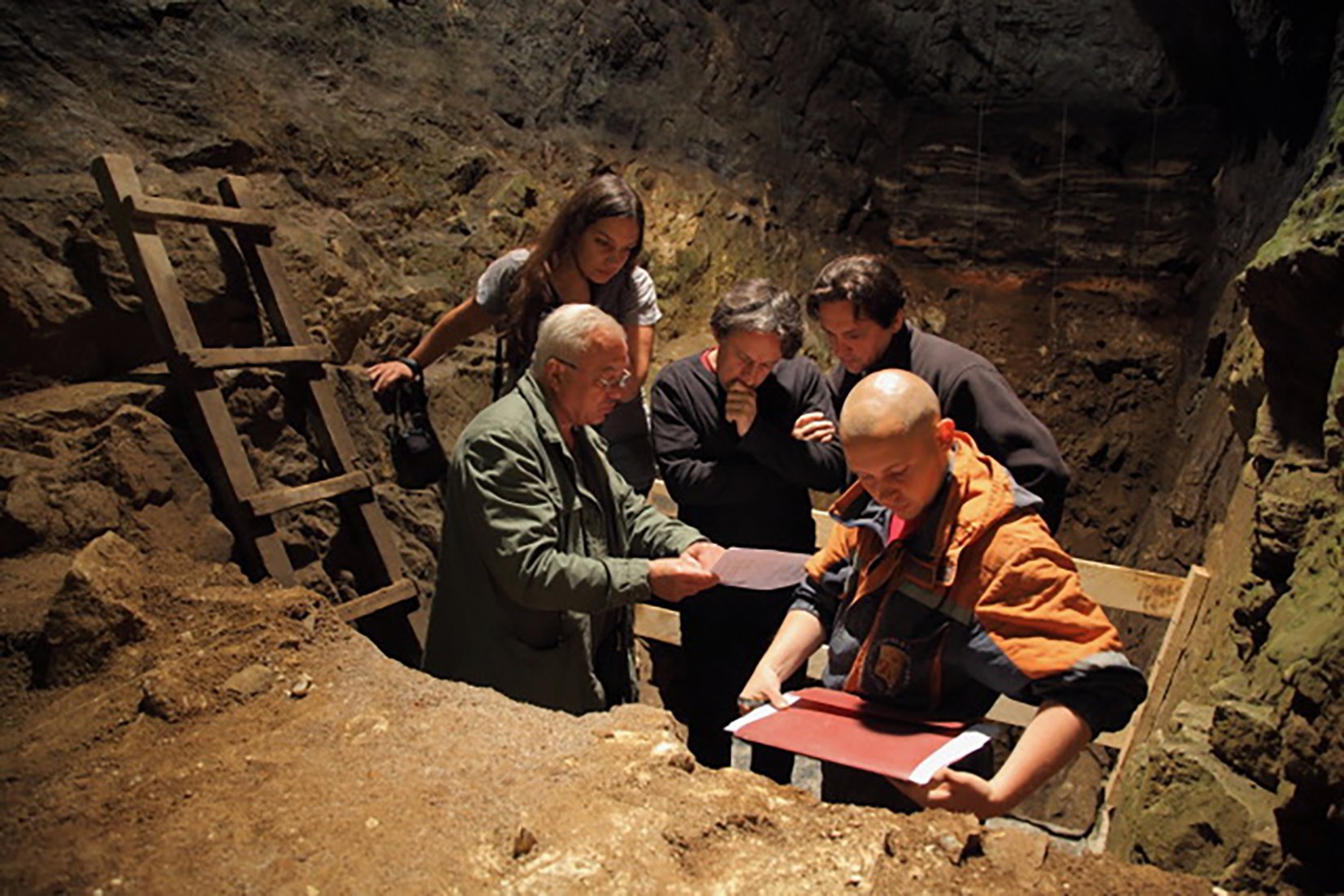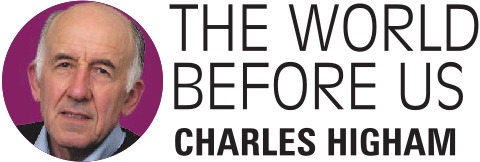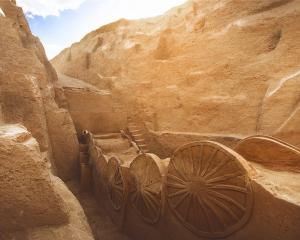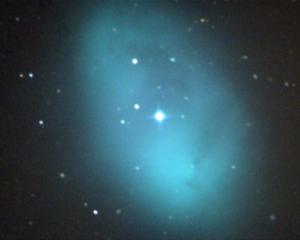
This past week has seen another notable article published, in Nature Communications, that describes the discovery of a new human species that was only possible because of the surviving ancient DNA in a tiny human finger bone.
The scene is Denisova cave in the remote Altai Mountains of Siberia. In the cave, once occupied by a monk called Denis, the cultural deposits go down metres in depth and thousands of years in time. Painstaking excavations by Russian archaeologists have traced the prehistoric occupation of the cave through the stone tools and fragments of bone — fragments because most had been crunched by hyaenas. The project was joined by international scientists, including my son Tom and his wife Katerina, both specialists in dating.

There is a new analytical technique that can identify a bone fragment by extracting its collagen, and Tom and Katerina took bags of bone chips back to Oxford from Denisova Cave. After analysing more than 1000, their graduate student Samantha Brown struck gold: a fragment of human bone.
Off to Leipzig it went, followed by a long and anxious wait for the DNA results to come through. The stunning result was a world first: the bone came from a young girl whose mother was a Neanderthal, and father a Denisovan, who lived about 90,000 years ago. Not only was this unique discovery the world’s first known human hybrid, but it featured on the front cover of Nature. Since then, the search for more Denisovans has reached the highlands of Tibet and tropical Laos and the seas off Taiwan. It seems Denisovans and Neanderthals once had a common ancestor about 390,000 years ago and placing both in the jigsaw of human evolution is continuing apace.
For the full story, read Tom Highams’ The World Before Us: How Science is Revealing a New Story of Our Human Origins.












